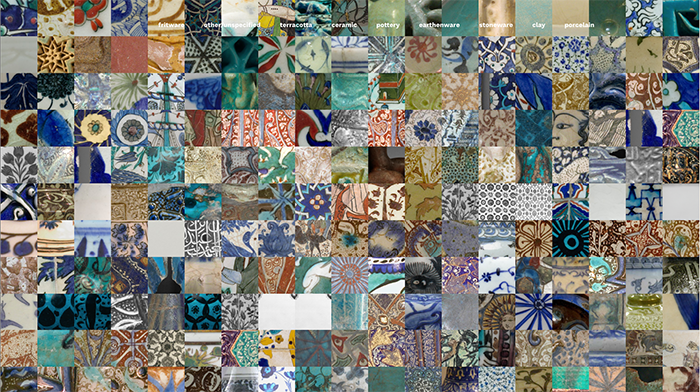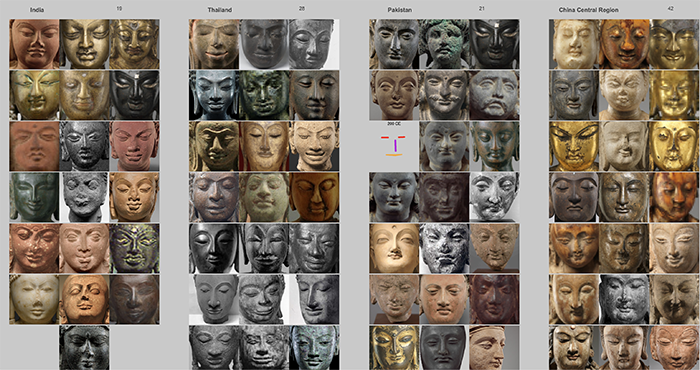
Parsons MS Data Visualization Students Collaborate with the Metropolitan Museum of Art to Design Innovative Projects
In 2018, Richard The, professor of data visualization at Parsons School of Design, approached The Metropolitan Museum of Art about starting a research collaboration between the museum and his MS Data Visualization students. He wanted his students to be able to use The Met’s Open Access application programming interface (API) data set to work with “real data, meet real stakeholders, and create real insights and provocations using their visualization projects.” The Met’s API gives the public access to hundreds of thousands of images in the museum’s permanent collection.
The first Met-Parsons collaboration, which took place in fall 2018, was so successful that it led to a second, even more extensive collaboration in fall 2019. According to a recent blog post by The Met, the second cohort was tasked with “interpreting data from The Met’s Open Access collection to design thoughtful, creative, and often eye-opening presentations.”
“The most exciting thing about working with the Met data set is that on one hand, it is very specific — it is a collection about art,” says The. “At the same time, every student can find their own interests and passions within their visualization projects, whether the topic is history, gender politics, climate change, or electric guitars. The students created outstanding work in their visualization projects within one semester, combining graphic design, code, and interaction design while learning a lot about art history along the way.”

The students’ fall 2019 projects included Buddhas at the Met, in which face-analysis techniques were applied to the Buddha statues at the museum; Chasing Verbs, using Richard Serra’s verbs as an entry point into The Met’s collection; Disappearance, reinterpreting a nature painting from 100 years ago and using augmented reality to draw attention to climate change; Met Masquerade, a playful interactive introduction to the mask collection at the Met; Met Stories, an infinite storytelling machine using The Met’s API; and Undress for the Met, a two-part visualization examining the representation of women at The Met, inspired by the Guerrilla Girls.
“Both the access to the Met API and the dedicated time we had to consider that data were immensely valuable,” says Brad MacDonald, whose Ambient Sounds identified areas in The Met best suited to quiet reflection. “It’s a huge body of fascinating work. Personally, I found myself drawn to stories that hadn’t already been collected and cleaned by the Met, but having the API as a body of data to consider and to use as a sounding board allowed me to tease out the stories I found most interesting.”
Antonie Christoffel Dreyer worked on a project called Evolution of Arms and Armor, which explores how medieval foot soldiers’ arms and armor evolved through the centuries. Dreyer says that having access to the API collection was like having a “backstage pass to the show” and that in the past he had used data only in strictly quantitative ways.
“Dealing with objects and images significantly widened my perspective on what can be considered data,” he says. “The Met data is such a rich collection that it becomes a vehicle to something much bigger than the collection itself; it becomes a vehicle to see humanity — cultures, history, and detailed subject matter — from a wide perspective that still allows for deep exploration into very focused topics, because the data is available.”